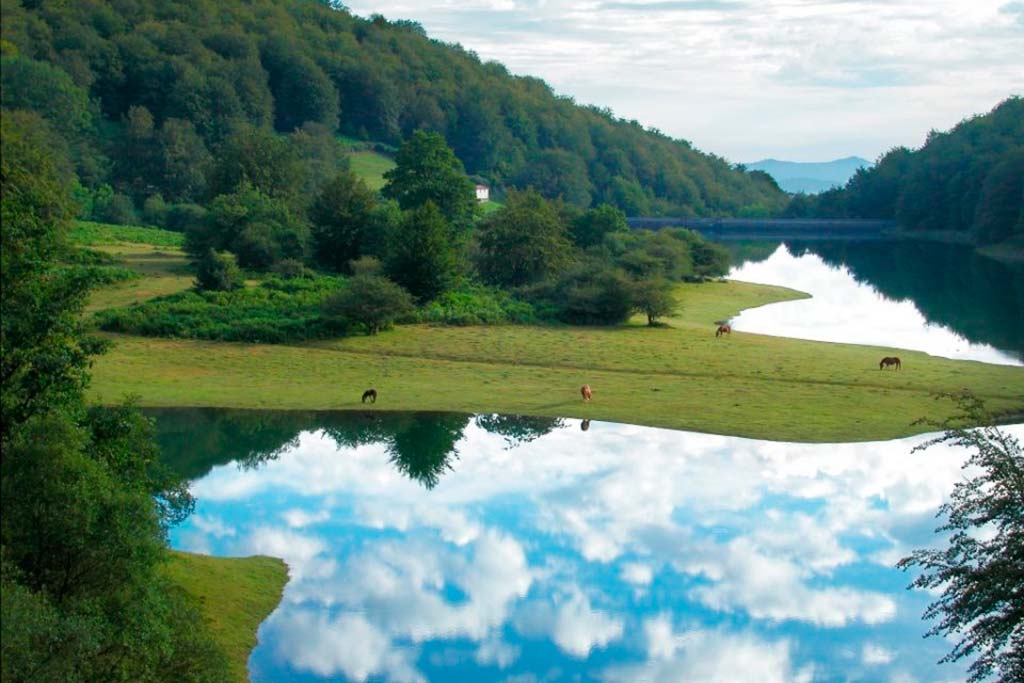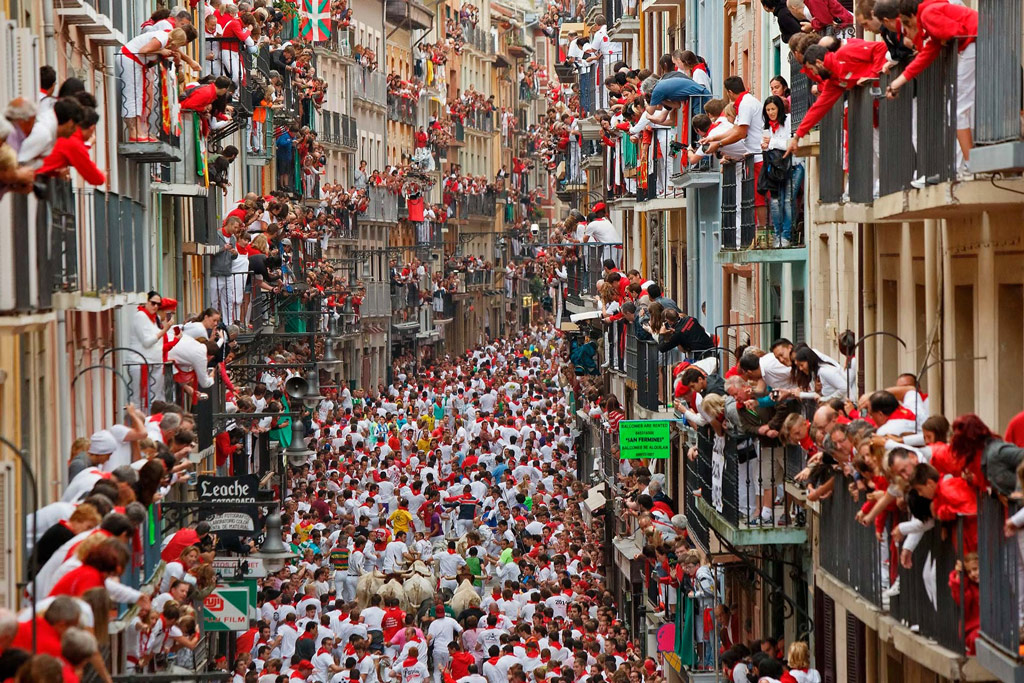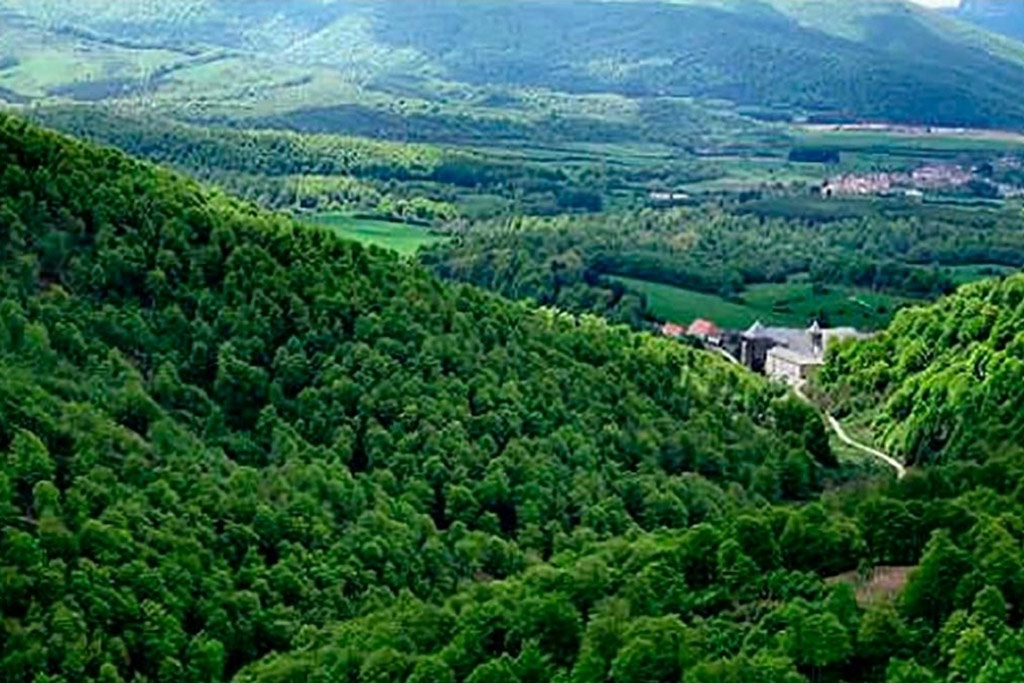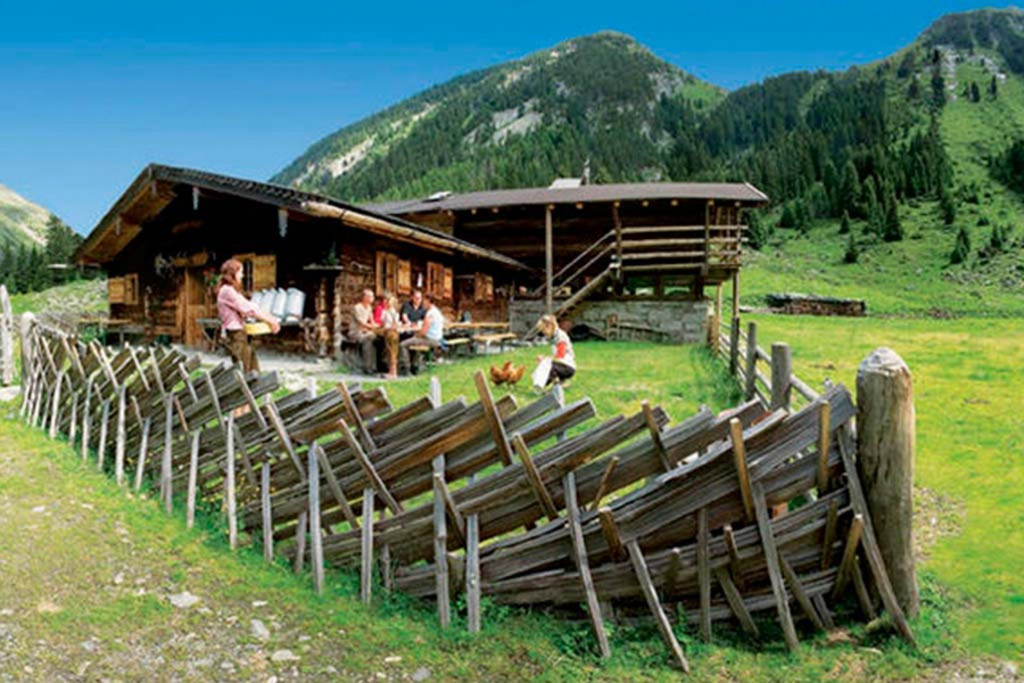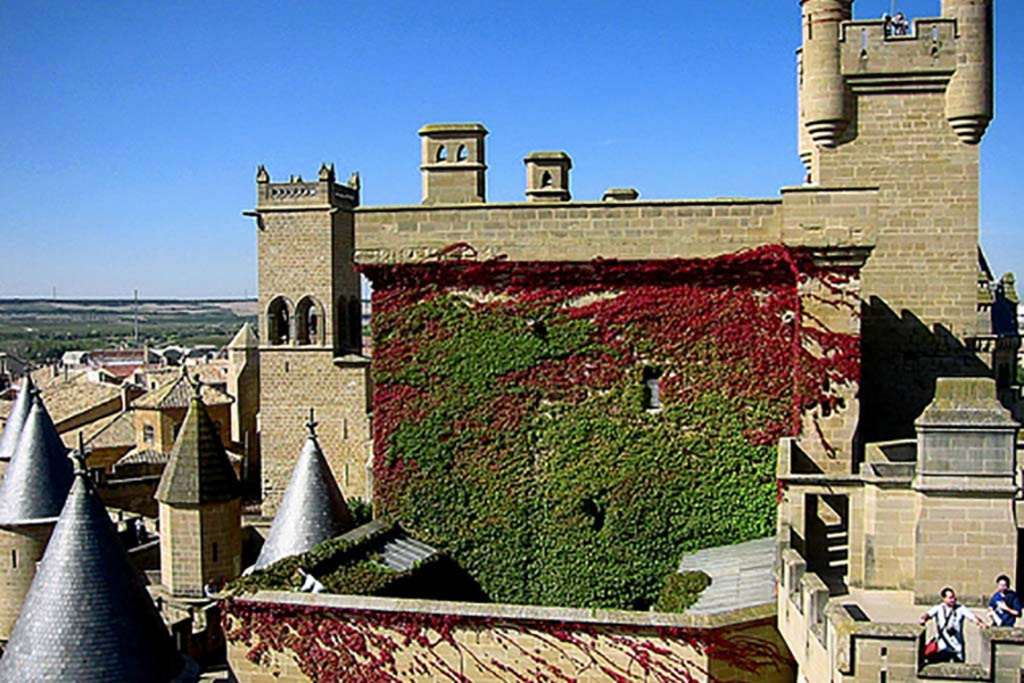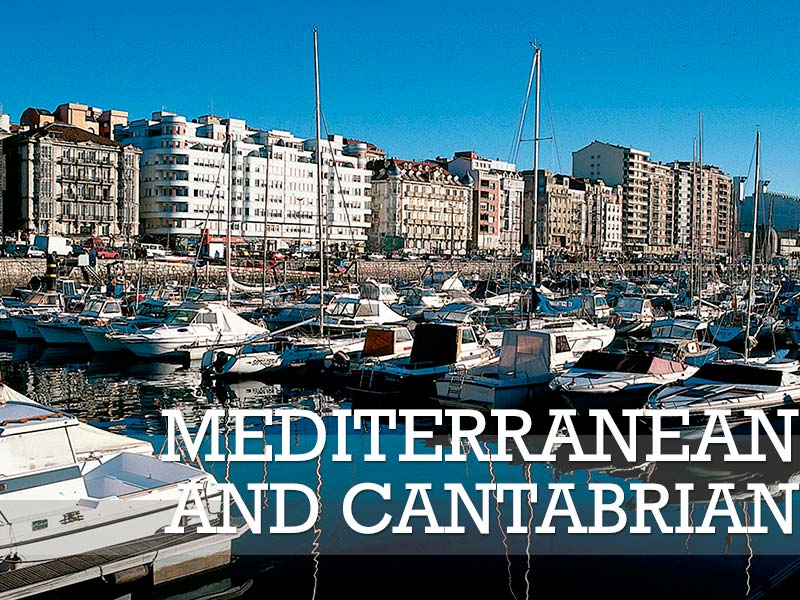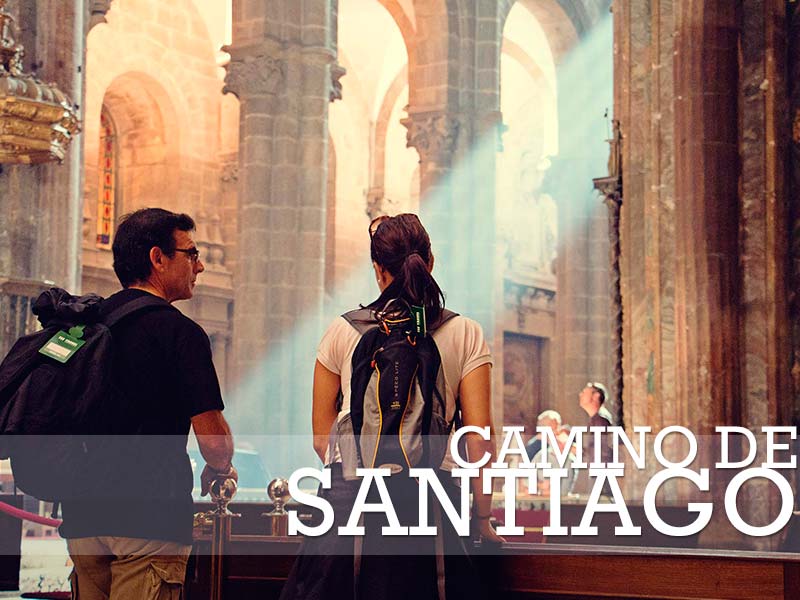
AUTONOMOUS COMMUNITY
OF NAVARRA
Officially referred to as the Comunidad Foral de Navarra (in Basque, Nafarroa), it covers an area of 10,391 km² and has a population of 642,051 inhabitants. The region comes from the old Kingdom of Navarra, which remained intact until 1841 and which gives rise to its particular system of self-government. The capital is Pamplona, which holds its official holiday 3 December. The official languages of the autonomous community are Spanish and Basque.
Navarra is worth a long visit. It is a quiet place with an interesting cultural heritage and an attractive variety of landscapes. It has long-standing traditions and unique festivals that show the friendly, extrovert character of its people and it is a place for enjoying exquisite gastronomy. Visitors can enjoy the variety in the region along various routes, such as Pamplona and its river basin, the Pyrenees, the Middle Ground of castles and monasteries and the Riverbank and the landscapes and vegetable gardens of the River Ebro.
Navarra is also the gateway for the Way of St James (French Way) on the peninsular and, along the route, it shows visitors many of its artistic treasures and natural and cultural diversity. Two large route across the old Kingdom of Navarra: that which enters from the Pyrenees via the legendary Roncesvalles; and that which sets off from Aragón, passes through Sangüesa and joins up with the other route at Puente la Reina.
VISITS OF INTEREST
PAMPLONA (in Basque, Iruña)
The town stands on both banks of the Arga estuary and was founded in the year 74 BC by the Roman general Pompey on a pre-existing settlement called Iruña or Bengoda. Its historical and monumental heritage, together with its Sanfermines mean that the town is a national and international tourist destination. Places of interest include Plaza del Castillo (with a colonnade and the town’s nerve centre), the Cathedral, the Town Hall Building, the Bishop’s Palace, the Church of San Nicolás, the Church of Santo Domingo, the Church of San Saturnino, the Citadel and the Chamber of Comptos. From 6 to 14 July, the word ‘Fiesta’ is written in block letters in Pamplona. It is time for the Sanfermines. Thousands of people from all over the world flood into this town, which is covered in red and white. For a few days, the street becomes a place for fraternity, merriment, music and uninterrupted dancing to the rhythm of the street musicians and neighbourhood groups. Much of the worldwide fame of the Sanfermines is due to the references made to the festival by Ernest Hemingway in his newspaper articles and his novel “The sun also rises”, which goes by the title of “Fiesta” in the Spanish-speaking world. From the very first testimonies offered by the soon-to-be Nobel Prize winner, citizens from all over the world followed Hemingway and came to Pamplona to learn about its Fiesta for themselves. Despite its influences from the cuisine of the Basque country, La Rioja and Aragón, the gastronomy of Navarra has found its own personality. One of the most typical cold meats of Navarra is chistorra. Its many vegetables include the asparagus of Navarra, the lettuce hearts of Tudela the Piquillo Peppers of Lodosa and the artichokes of Tudela. Eno-tourism in Navarra offers visitors the opportunity to enjoy the landscape that surrounds the Way of St James, admire monuments that are wonderful examples of the Romanesque style, enjoy tasty local specialities and taste a wide number of different wines and visit prestigious wineries. The wines under the Navarra Designation of Origin are made with grapes grown in five very different districts: Tierra de Estella, Valdizarbe, Baja Montaña, Ribera Alta and Ribera Baja. Pacharán is a typical liqueur of Navarra.
OTHER PLACES OF INTEREST
– Olite: the slender, harmonious outline of the castle-Palace looks over Olite as the most important example of civil Gothic architecture in Navarra and one of the most important in Europe. The Mediterranean climate has also turned Olite into a wine capital. Kings, Queens and princesses, magicians and jugglers, falconers and archers come back to the town every month of August to celebrate its mediaeval festival.
– Royal seat during the Middle Ages, the thick walls and Palace towers, with their battlements and translations, accommodated monarchs and princesses. Designated a national monument in 1925, it is the most important example of civil Gothic architecture in Navarra and one of the most important in Europe.
– Javier: the castle of Javier, birthplace of San Francisco de Javier, patron saint of the missions and of Navarra.
– Selva de Irati: the second-largest beech and fir forest in Europe after the Black Forest in Germany. An immense green mass of around 17,000 ha that is almost untouched. It is situated in the East Pyrenees of Navarra.
– Bardenas Reales: this is a Natural Reserve of virgin beauty, designated a Biosphere Reserve by the UNESCO.
– Valle de Baztán: set in the Atlantic Pyrenees, between the ports of Belate and Otsondo, the Valley of Baztán is the largest municipality in Navarra. Hiking is one of the key activities enjoyed in the Valley of Baztán.
NAVARRA
TOURS IN NAVARRA

ASK FOR INFORMATION

